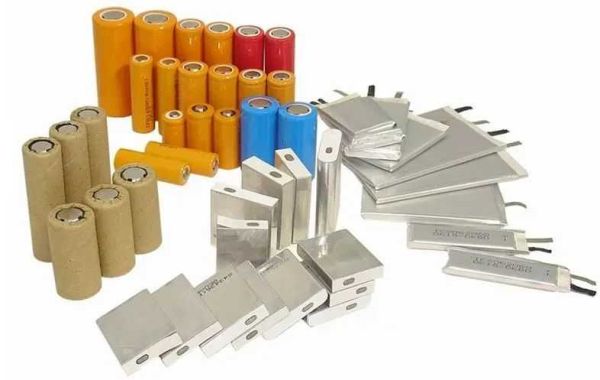Aluminum coil, a key form of aluminum processing, is vital in modern manufacturing. These continuous thin aluminum strips balance flexibility and strength, serving diverse sectors from construction to electronics.
In the booming new energy industry, battery aluminum foil stands as an unsung hero, playing a pivotal role in powering lithium-ion batteries that drive electric vehicles, energy storage systems, and consumer electronics. Its unique properties make it indispensable for ensuring battery performance, safety, and cost-effectiveness.
1. What Is Battery Aluminum Foil?
Battery aluminum foil is a ultra-thin aluminum material specifically designed for lithium-ion batteries, primarily serving as the positive electrode current collector. Its core functions include conducting electricity and supporting active materials within the battery.
Compared to ordinary aluminum foil, it boasts distinct advantages: a much thinner thickness (typically 5-20μm), higher purity (over 99.7%), and stricter requirements for surface flatness and density. These features enable it to meet the demands of high-energy-density batteries.
2. Core Characteristics and Advantages
- Electrical Performance: It exhibits excellent conductivity, reducing internal battery resistance and improving charge-discharge efficiency. Surface treatments like etching and coating enhance its bonding with positive electrode materials, lowering contact impedance.
- Mechanical Properties: Thin yet tough, it can withstand repeated expansion and contraction during charge-discharge cycles without breaking. Its good ductility facilitates cutting and rolling during pole piece processing.
- Chemical Stability: Resistant to chemical reactions in battery electrolytes, it ensures the battery's cycle life and safety.
- Cost Advantage: Compared to copper foil (commonly used as the negative electrode current collector), aluminum foil has abundant resources and more stable prices, helping reduce overall battery costs.
3. Main Application Scenarios
- Power Lithium Batteries: In fields such as new energy vehicles and electric ships, where high safety and long cycle life are required, the stability of battery aluminum foil is crucial.
- Energy Storage Lithium Batteries: For grid energy storage and home energy storage systems, strict requirements on the thickness uniformity of aluminum foil ensure the consistency of battery packs.
- Consumer Electronics Batteries: Small batteries in mobile phones, laptops, etc., rely on ultra-thin aluminum foil (below 6μm) to achieve lightweight and miniaturization.
4. Technical Requirements and Production Challenges
- Key Indicators: Thickness tolerance (must be within ±1μm), surface roughness (Ra value ≤0.3μm), and the number of pinholes (≤3 per square meter) directly affect battery performance.
- Production Challenges: Ultra-thin rolling is prone to strip breakage, requiring high-precision rolling mills and process control. Surface treatment needs to balance conductivity and adhesion to avoid affecting battery chemical reactions.
5. Industry Trends: Innovation Directions
- Thinner Foil: Developing ultra-thin aluminum foil below 5μm to further improve battery energy density.
- Functional Coating: Coating with materials like graphene and carbon nanotubes to enhance conductivity and corrosion resistance.
- Recycling: Promoting efficient recycling of retired battery aluminum foil to reduce raw material consumption, in line with the environmental needs of the new energy industry.
For those seeking to ensure the quality and performance of their battery products, turning to trusted providers can offer tailored solutions that meet specific technical requirements. Whether for automotive batteries or consumer electronics, the right battery aluminum foil is a cornerstone of reliable energy storage.








